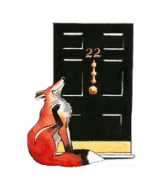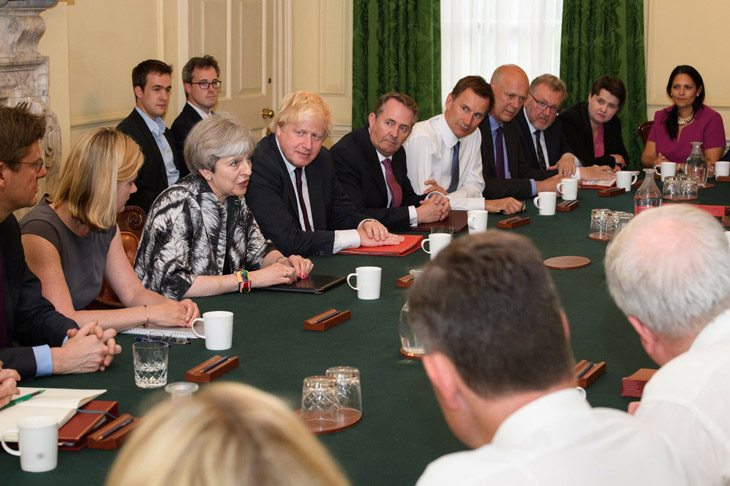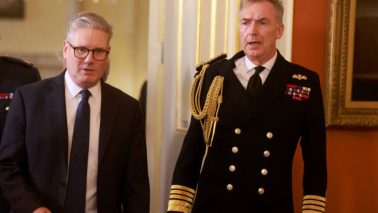Before knowing the result of the election, I composed my Chairman’s message in the newsletter of the Rectory Society. In it, I noted that Theresa May was the third prime minister in a row to have been brought up in a parsonage house. The first was Gordon Brown, son of the Scottish manse. The second was David Cameron, inhabitant of an old rectory owned by his stockbroker father. And now there was Mrs May, only child of a High Anglican vicar in Oxfordshire. ‘Whatever our political views,’ I went on, ‘I feel we [in the Society] should be proud of the fact that the buildings we love continue to produce unusual people capable of leading our country’. In the light of subsequent events, I suppose I should have put more emphasis on the word ‘unusual’, less on ‘capable’. My conclusion was that ‘The psychology of the parsonage child would make a most interesting study.’ I stick by that.
Since no one now wants to stand up for ‘Theresa May and her team’, I have been trying to find out a bit more about how the wreckage looks from their point of view. On the one hand were Mrs May and her advisers, led by Nick Timothy, determined to have proper policy in the manifesto in order to get a popular mandate. Mrs May’s mantra was ‘I want to be different’, addressing difficult questions which had been postponed for too long — notably social care. The policies were not chucked in without thought at the last minute: they had been developed intensively ever since Mrs May became Prime Minister. On the other hand were Crosby Textor and their ‘testing’. This reported strongly that voters disliked the Tories but liked Mrs May. Hence the decision to shrink the word ‘Conservative’ almost to invisibility and encourage Mrs May to say ‘Vote for me’.








Comments
Join the debate for just £1 a month
Be part of the conversation with other Spectator readers by getting your first three months for £3.
UNLOCK ACCESS Just £1 a monthAlready a subscriber? Log in